This article highlights Meteora, a unique architectural, natural, and religious site located in Greece.
My first great trip was a month visiting Europe and Egypt after I finished my undergraduate degree. Let me tell you the months before the trip was filled with many moments of disbelief. I mean, I was going to visit Italy, Greece, and Egypt.
All those places were fundamental to the development of what we know today as Western society. I was going to visit the Coliseum, the Parthenon and the Great Pyramids. Those were reasons enough to get various episodes of goosebumps every day.
However, the trip was not all famous landmarks and huge tourist sites. There were some obscure places that not so many people know about. I guess the trip planners wanted to keep a balance between known and unknown, between bursting and sleepy. And thank God for those planners or at least to the person who had the great idea of adding to the schedule a stop near the town of Kalambaka in Greece.
Kalam-what? I said Ka-lam-ba-ka. This is a small town located in central Greece. But Kalambaka is just the getaway to the magical and surreal Meteora.
Meteora means “suspended rocks,” “suspended in the air” or “in the heavens above.” I know what you are thinking now. Judging by the meaning of the name, this place should be awesome!! And sure it is!
Imagine tons of sandstone pillar rocks popping up from the floor of a plain. Amazing rock formations emerging from the earth and rising to the sky. Even though the pillars are a wonderful sight, they by themselves do not make the area unique.
The interesting thing is that monks built monasteries above the rock pillars (some are 313 m – 1027 feet high). Unbelievable, right?
In the 1300s, a group of monks from Mount Athos (a peninsula in Macedonia, Greece, home of 20 Eastern Orthodox monasteries) arrived in Meteora. The caves and rock fissures were the perfect places to live without being disturbed by political upheavals that were taking place at the time. Later, a monk founded the great Meteoron monastery over a rock pillar. This granted clerics absolute control to the entrance of the monastery.
During the 14th century, the Turkish occupation of Greece began to expand. The monks built more monasteries at the top of the pillars in order to attain refuge from the invaders. More than 20 monasteries were built. Today, only 6 remain.
You may be wondering how the monks got to the top of the rocks. Legend says the founder of the first monastery was carried by an eagle to the peak of the pillars. “More common” methods included long wooden ladders (retractable) and nets. Nets were hitched over a hook and hoisted up by rope and a hand-cranked windlass to winch towers overhanging the chasm.
Nowadays, 5 of the 6 monasteries are inhabited (less than 10 inhabitants per monastery). The monasteries can be visited today (each place charges a small fee).
So, if you want to be impressed, by all means, visit Meteora. The place has been declared a World Heritage Site (natural and cultural). Kalambaka and Kastraki are the main towns in the area. Buses to the towns are available from many cities (Athens, Thessaloniki). It is possible to approach the area by train. Make sure to enter the monasteries (there are beautifully painted).
A few years ago, I met a friend from Greece. He asked me if I have visited Greece. I said yes. “Where did you go?”, he asked. The first thing that came from my mouth was “Meteora”.
I was able to see how his eyes widened. He asked me: “How do you know?” I guess he wanted to know how I found out about the place. At that moment, I felt like I visited a secret plate that only Grecians know. I have to admit the splendor of Meteora took me by surprise. I still think about this place and wish to go back. See, those obscure places are not as obscure as we think. They shine with their own light. I guess we sometimes don’t see that light on this side of the world.
Have you visited Meteora?
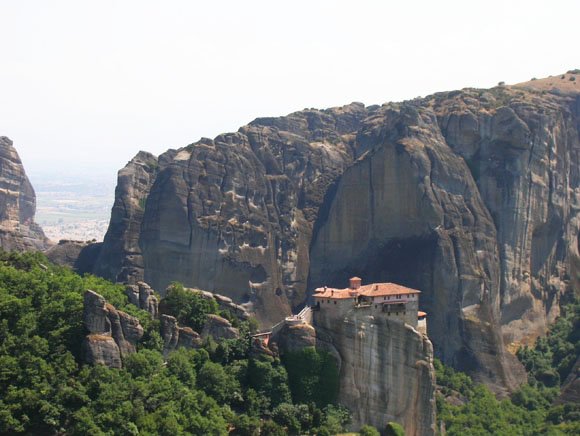
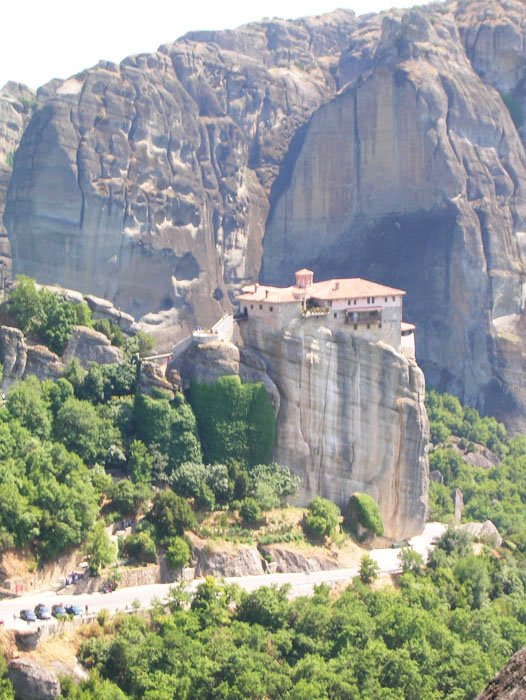
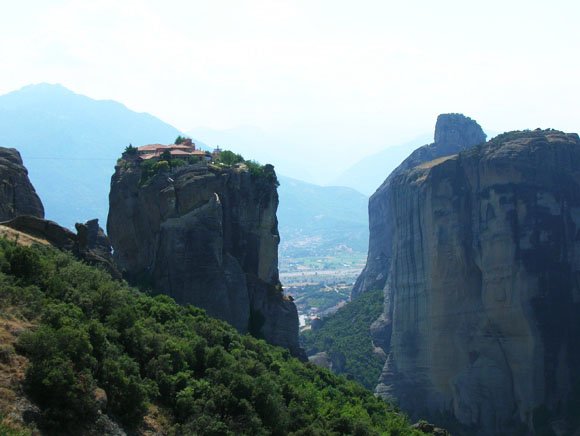
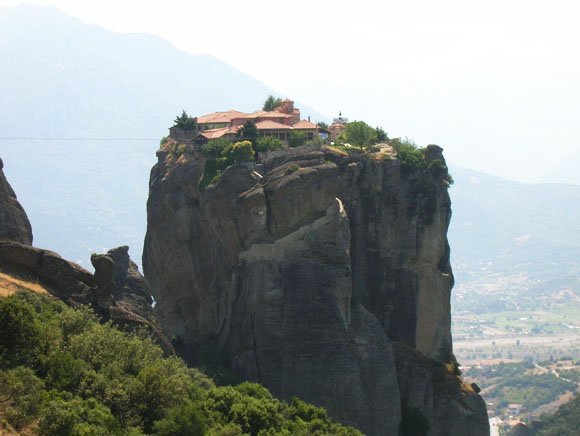
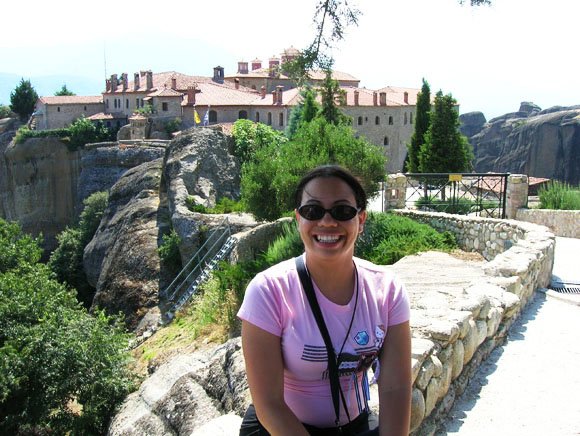
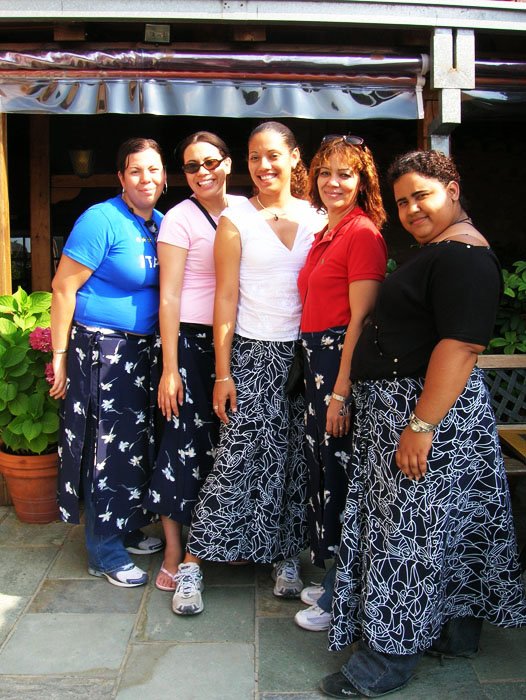
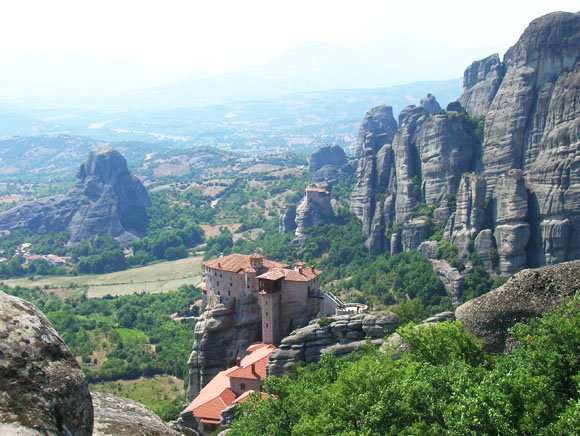
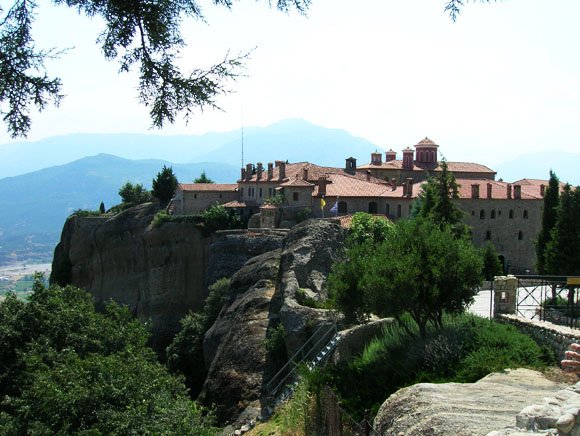
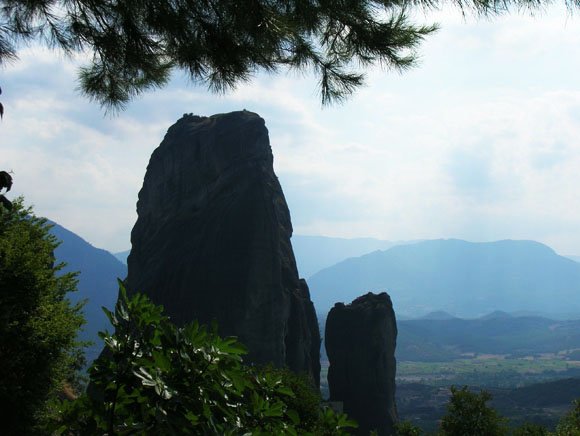
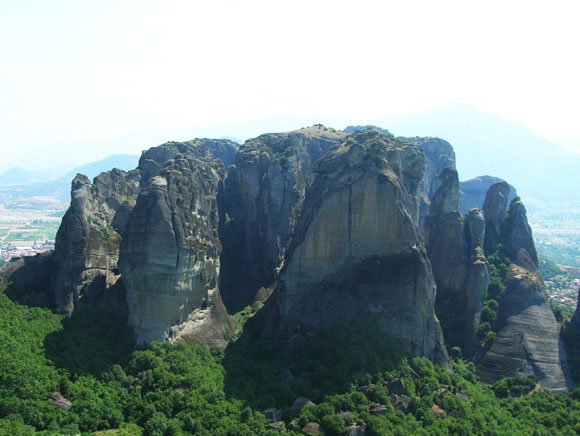


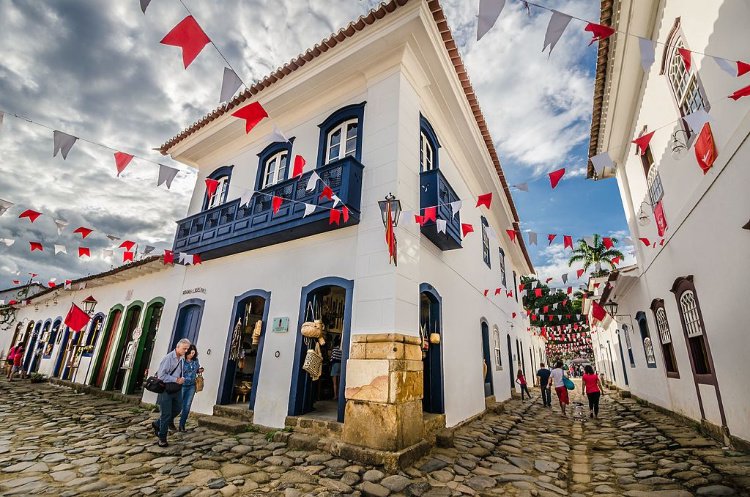
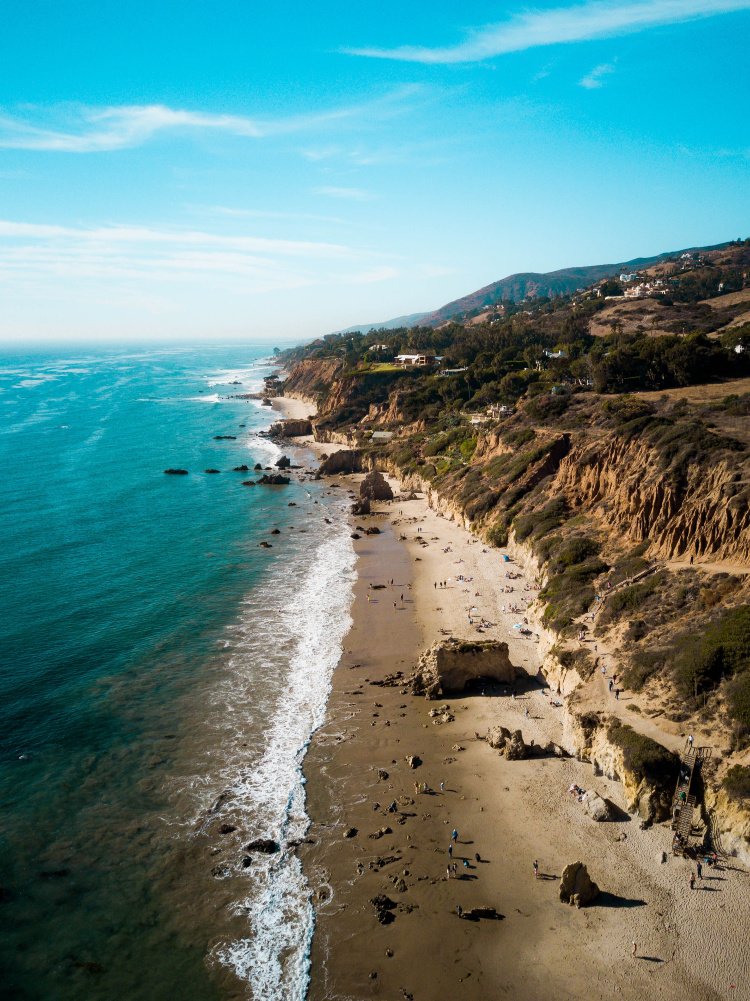
inka says
How I envy you. I was in Athens just a few weeks ago and had planned a trip to Meteora but circumstances prevented me from going. Fortunately there is always a next time.
Debbie Beardsley @ European Travelista says
You’re right, I need to visit Meteora! Simply beautiful.
Jeremy Branham says
I am not a huge fan of Greece but I had no idea these rock formations and pillars existed! I would like to visit these! Hopefully these weren’t too difficult for the monks to get to!
Stephanie - The Travel Chica says
That is so crazy that they built the monasteries out on the small rock pillars back then.
And that last photo is absolutely gorgeous!
Lisa says
This is just beautiful! I would love to see this. You must have had such an incredible trip with those many stops.